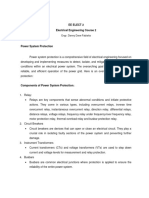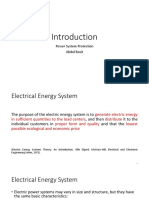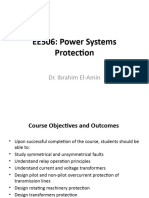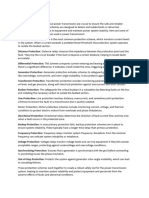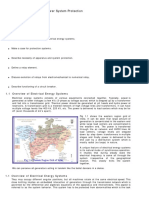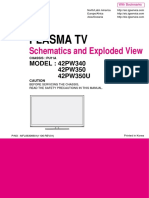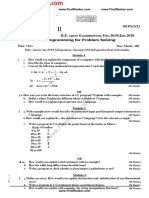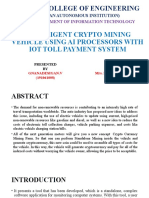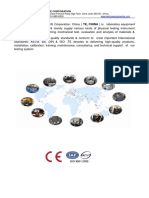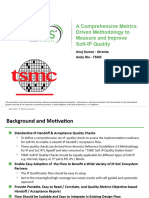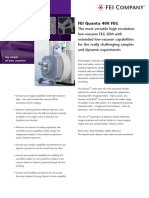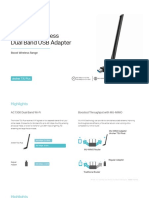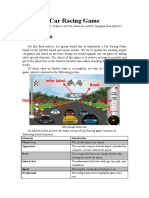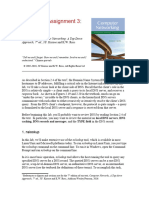0% found this document useful (0 votes)
86 views3 pagesPower System Protection and Control
Power system protection and control are essential for ensuring safety, stability, and rapid fault isolation within the network. Key protection elements include relays, circuit breakers, and various protection types such as overcurrent and differential protection. Control systems manage frequency, voltage, and power flow, utilizing mechanisms like Automatic Generation Control and SCADA for real-time monitoring.
Uploaded by
rifatalif478Copyright
© © All Rights Reserved
We take content rights seriously. If you suspect this is your content, claim it here.
Available Formats
Download as PDF, TXT or read online on Scribd
0% found this document useful (0 votes)
86 views3 pagesPower System Protection and Control
Power system protection and control are essential for ensuring safety, stability, and rapid fault isolation within the network. Key protection elements include relays, circuit breakers, and various protection types such as overcurrent and differential protection. Control systems manage frequency, voltage, and power flow, utilizing mechanisms like Automatic Generation Control and SCADA for real-time monitoring.
Uploaded by
rifatalif478Copyright
© © All Rights Reserved
We take content rights seriously. If you suspect this is your content, claim it here.
Available Formats
Download as PDF, TXT or read online on Scribd
/ 3
